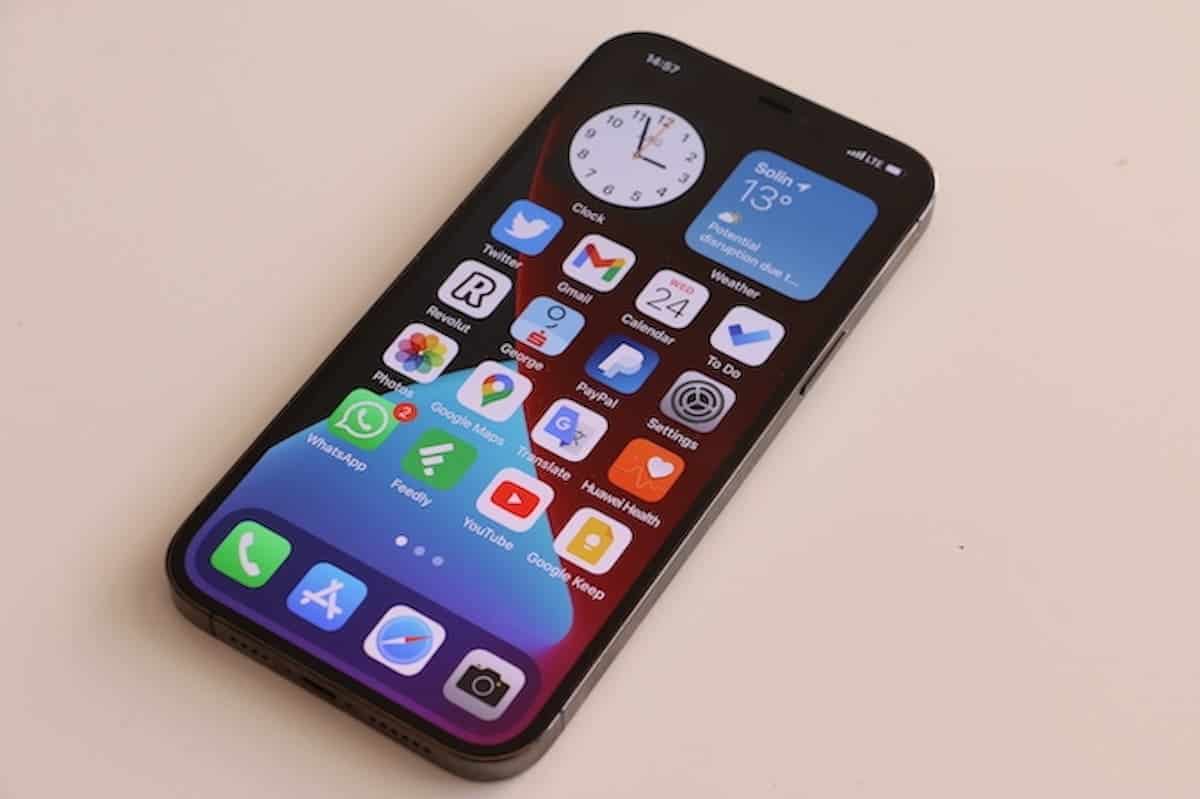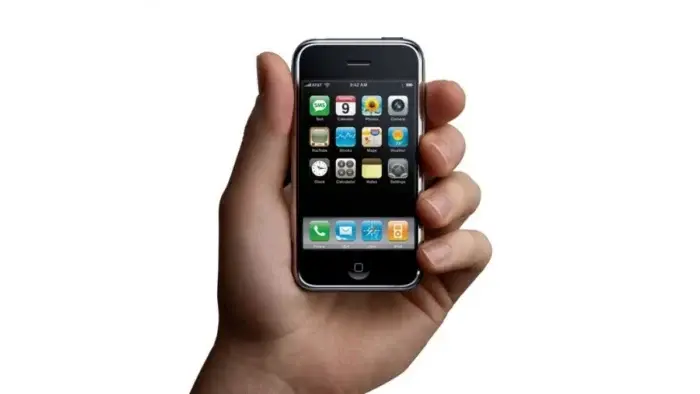The gleaming black monolith Steve Jobs unveiled in 2007 wasn’t just a phone; it was a tectonic shift in the mobile landscape. The iPhone, now celebrating its 17th birthday, continues to cast a long shadow, transforming not only how we communicate but also how we interact with the world around us.
iPhone: A Look Back at 17 Years of Transformation

Gone are the days of awkward keypads and pixelated displays. The iPhone ushered in an era of sleek touchscreens and intuitive interfaces, seamlessly weaving together communication, entertainment, and information into a pocket-sized marvel. But its impact transcends mere functionality. Jobs’ evocative claim – “a revolutionary product that changes everything” – wasn’t just marketing hyperbole; it was a prophetic glimpse into the future.
While the first iPhone boasted impressive advancements for its time, it wasn’t flawless. Limited connectivity, video-less cameras, and multitasking hiccups were par for the course. Yet, its revolutionary core shone through. The innovative multi-touch display, coupled with Apple’s tightly integrated software, offered an unparalleled user experience, laying the groundwork for the ubiquitous smartphones we hold today.
The iPhone’s evolution reflects a dance between calculated prudence and bold leaps. While competitors race to adopt the latest bells and whistles, Apple often takes a “think slow, move fast” approach. The integration of satellite communication in the iPhone 14, with its life-saving SOS features, exemplifies this philosophy. It’s not just about being first; it’s about doing it right, with reliability and user experience at the forefront.
Gizchina News of the week
17 Years of iPhone Magic: How Apple Redefined Mobile Technology

Apple’s custom-designed processors, like the A17 Bionic, further exemplify this commitment to quality. Delivering top-tier performance while optimizing battery life, they power experiences that remain unmatched by most rivals. It’s a testament to Apple’s vertical integration, a strategy that allows for tight control over hardware and software. Resulting in a seamless and powerful ecosystem.
These factors, combined with Apple’s masterful marketing that cultivates an aspirational brand image, have propelled the iPhone to global sales leadership. Beyond just numbers, it’s the stories that matter. From budding filmmakers using iPhone cameras to entrepreneurs building businesses from their fingertips, the iPhone has empowered countless individuals to connect, create, and thrive.
Today, the iPhone’s evolution appears to have slowed down. While the “revolutionary” moniker might not perfectly fit every iteration, its legacy remains unchallenged. The iPhone didn’t just change the phone; it redefined the very notion of what a mobile device could be. It democratized technology, making it accessible and intuitive for millions.
Sure, Apple might take its time with some innovations, but that measured approach has its merits. As the iPhone enters its third decade, its impact on the world is undeniable. It’s a testament to the power of bold vision, meticulous execution, and a relentless pursuit of user experience that continues to shape the future of technology, one pixel at a time.
And who knows, perhaps the next iPhone, whenever it arrives, will once again redefine the game, proving that even after 17 years, the iPhone’s journey of innovation is far from over.





